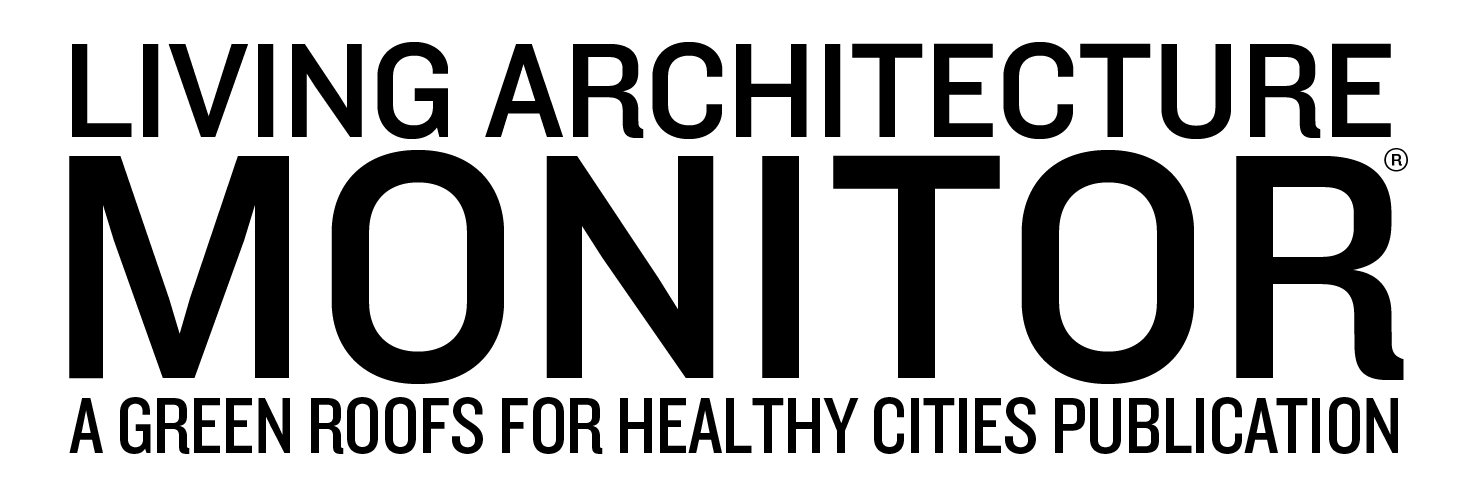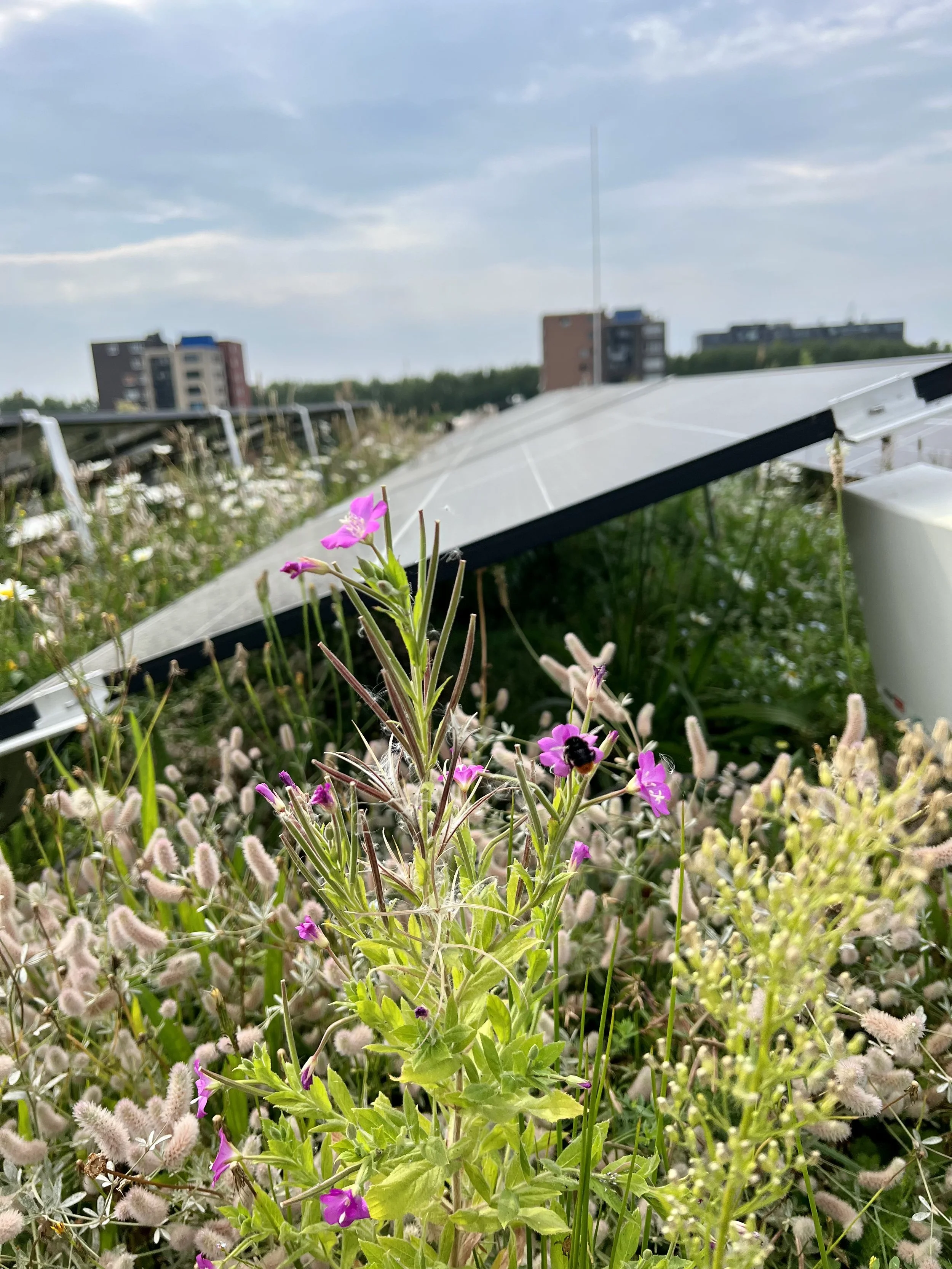Articles
Green Roofs, Your Health and The Challenge of Managing Plastics
An overview of the health and environmental impacts of rapidly increasing plastic production and the current legislative, technical and individual efforts to address it.
How the Health Sector Can Benefit from Embracing the Power of Nature
Explore how hospitals can embrace biophilic design and nature-based solutions to improve patient recovery, staff well-being, and community health.
UC Berkeley’s Enormous Green Walls at the New Helen Diller Anchor House
The Helen Diller Anchor House living walls and rooftop farm exemplify biophilic design and provide students with restorative experiences whereby they can flourish at Berkeley University.
Podcast | Exploring the Healing Power of Nature with Clare Cooper Marcus
This episode features the powerful impact the natural world can have on our physical and mental wellbeing, and how design can affect and influence how we live, work, play, and grow.
Are Green Walls and Potted Plants Good for Improving Indoor Air Quality? Yes, and No!
A review of the misinformation and science on green walls and air quality.
Planting Rooftop “Tree Places”
When nature is absent from the environments we live, work, and play, we suffer. However, intensive green roofs like rooftop gardens can bring the healing benefits of nature into urban environments. This article explores how to make “tree places’ on rooftop gardens.
Nature as Medicine: A Living Wall at The University of Texas MD Anderson Cancer Center
How designers at MD Anderson in Texas use biophilic design and incorporate green infrastructure for better patient outcomes, including patients in the ICU.
Podcast: Growing Children’s Connections with Nature with Laura Mylan
Join us for a conversation on the powerful impact nature has on our and our children’s development and mentality, and what Laura’s organization is doing to support citizens and educators in new and interesting ways to facilitate connections with the natural world.
Restorative Roofscapes: Mental Health Benefits of PS 41’s Green Roof for Students and Teachers in NYC
This article describes some of the remarkable ways that PS 41's accessible school green roof has been used to help students by facilitating mental health counseling and a policy initiative to try to build more.
Branching Out: A Look at Tree Protection in the UK
Protecting Green Infrastructure: An overview of illegal tree felling in England and the ecological and cultural importance of protection woodlands, ancient and urban trees.
Apps and Software Revolutionizing Biodiversity Monitoring and Climate Advocacy
Discover the best apps and software revolutionizing biodiversity monitoring and climate advocacy. From iNaturalist to Google Lens, these tools help you to identify species, track bird activities, and even monitor coral reef health. Contribute to conservation efforts and connect with nature using these innovative technologies.
Accounting for Health: The Business Case for Green Space
Providing estimates of the monetary benefits of improved health outcomes contributes to better decision making on resource allocation using multiple examples from Ontario municipalities.
Nature, Mental Health, and Inequity: Rethinking Access in Our Cities
Discover how access to nature impacts mental health and wellbeing, and why green infrastructure in cities is a public health necessity. Explore the benefits of green spaces, the inequalities in access, and ways communities can take action.
On the Road with GRHC: Green Roofs, Conferences, and New Resources in 2025
Green Roofs for Healthy Cities shares 2025 updates on Grey to Green Conferences, GRIMP Training, new members, and resources for green infrastructure.
Green Roofs and Fire Resilience: Extending Defensible Space Above Ground Level
Extensive green roofs present a potentially novel approach to wildfire resilience, functioning as ember-resistant surfaces that can disrupt fire propagation. By elevating defensible space principles to the roof level, green roofs could offer a scalable strategy for mitigating wildfire risk.
Introducing the New Solar Green Roofs Resource Guide
Learn about this free multidisciplinary guide by the World Green Infrastructure Network, the European Federation of Green Roof Associations, GRHC and Solar Power Europe. It is about designing, installing, and maintaining solar green roof projects with best practices, along with multiple case studies and supportive public policies.
How Soprema’s Green Roof Journey is Interwoven With the Development of the North American Industry
Soprema has been a pioneer in green roof innovation for over 30 years, shaping the North American industry through research, demonstration projects, and policy advocacy. From launching SOPRANATURE in France to developing cold-climate green roofs in Quebec, Soprema’s work has won award-winning projects.
Greening the Way Forward with Dr. Karen Liu
This episode of Sustainable Futures: Designing Green Communities and Building features a conversation on water management, extreme heat, and the importance of connecting with natural spaces through green infrastructure.
Green Walls: Green Infrastructure That Fights Climate Change
This article provides an overview of the many ways that green (living) walls can help cities mitigate and adapt to climate change challenges. This includes energy savings in buildings, a reduction in the urban heat island, and stormwater management.
Green Roof Energy Calculator Is Over Ten Years Old and Needs Some Investment
The origins, function, strengths and weaknesses of the Green Roof Energy Calculator are described in detail as well as the wish list for its future development.




















